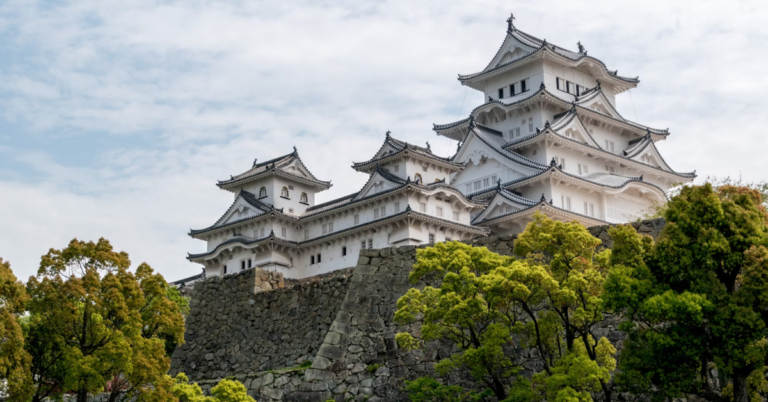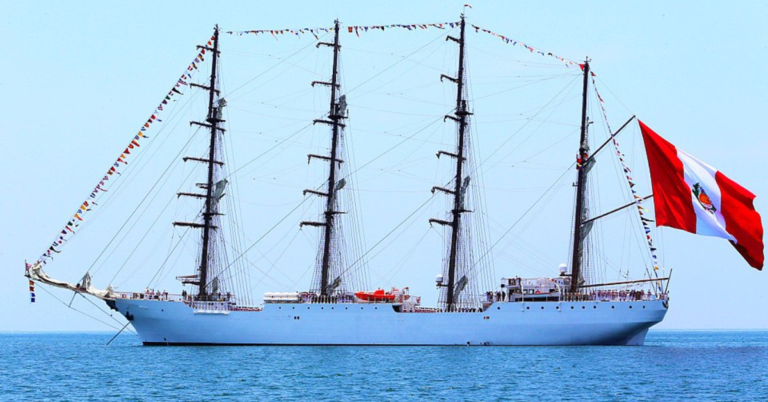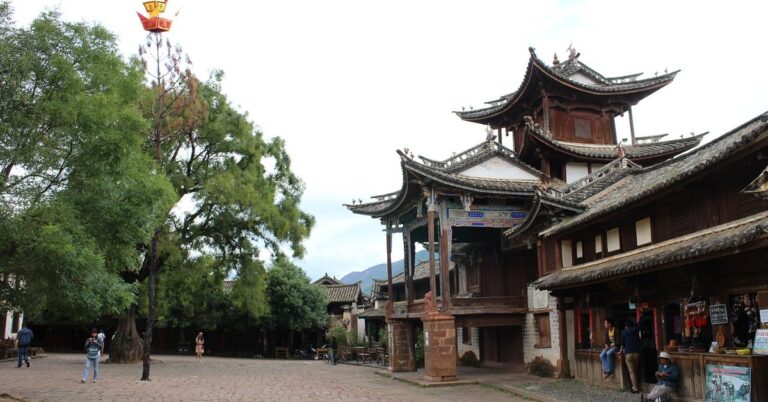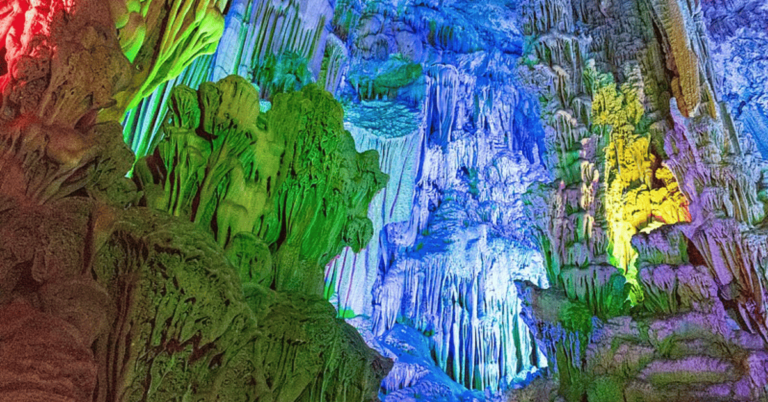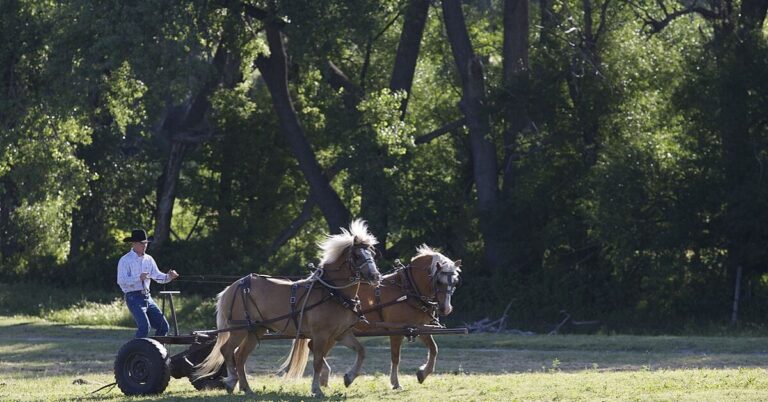Forgotten World War II Sites And Their Stories

Some WWII sites sit quietly in overgrown lots and under museum floorboards years after everything ended. You don’t have to squint to find all of them. Sometimes, you’re standing right on top of a land with twisted stories without even recognizing it. If you’re ready for some enlightenment, look at these 15 WWII sites that history books often forget to cover.
Caton Island, Alaska

Seabirds now roost where Navy personnel once operated a small WWII radio and weather station monitoring regional signals. During the war, Caton Island acted as a modest outpost supporting the Pacific defense. Today, the island clings to its secrets, rarely noticed by those scanning maps or watching tides.
Camp Hearne, Texas
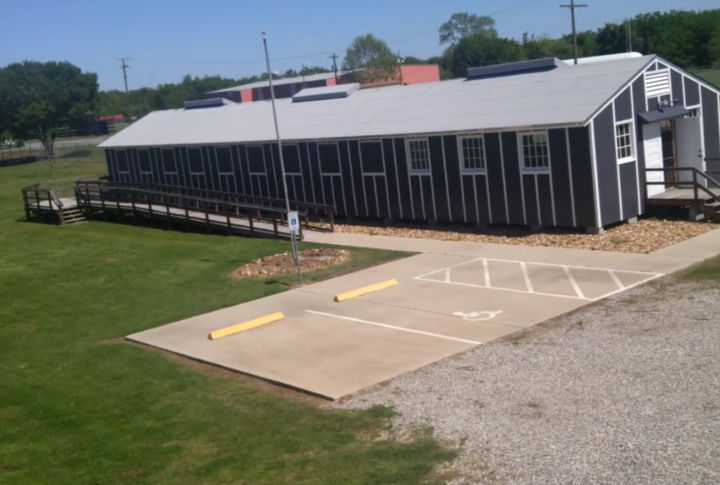
Art competitions bloomed behind barbed wire, where captured Axis troops painted, wrote plays, and debated philosophy. Camp Hearne was less a prison and more a pressure valve for cultural expression in wartime. Its remaining foundations whisper forgotten dialogue between enemies and artists.
Camp Hale, Colorado
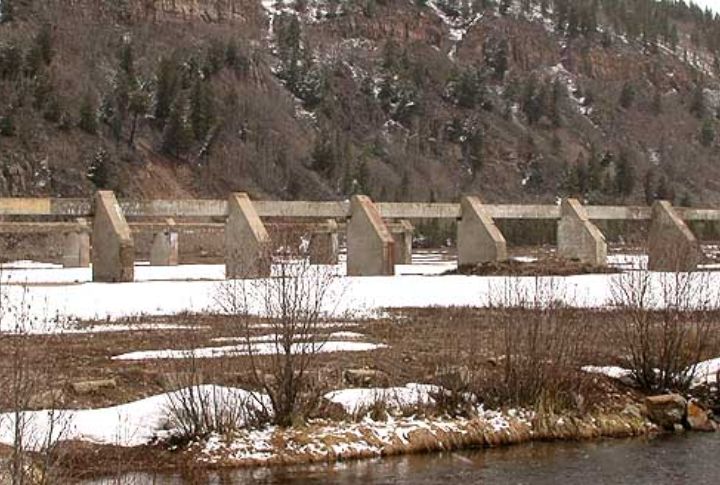
Surrounded by rugged terrain, Camp Hale blended military grit with natural isolation. Only a handful of places still echo the silent strength forged by skis and rifles. Constructed in 1942, Camp Hale trained the 10th Mountain Division for winter warfare before they fought through the Italian Alps.
White Sands Missile Range, New Mexico
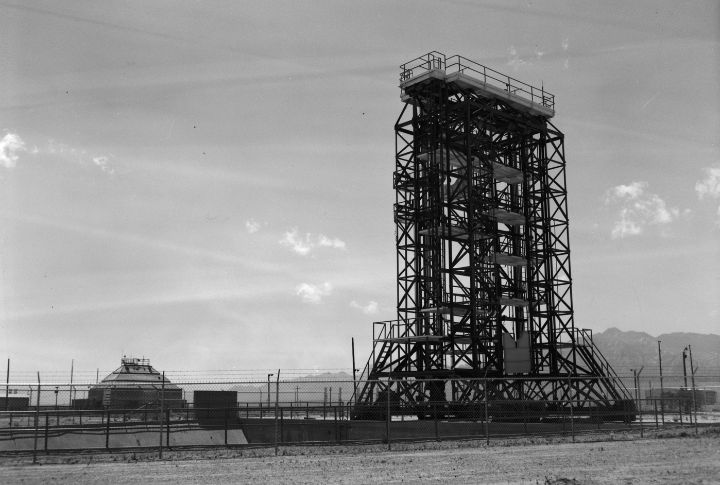
One moment, you’re staring at endless white sand; the next, you’re standing where the world has changed forever. This place once watched rockets rip through the sky, and secrets crackle in the air. Now? Just two open days a year—and a strange feeling that something big happened here.
Fort Ontario Emergency Refugee Shelter, New York
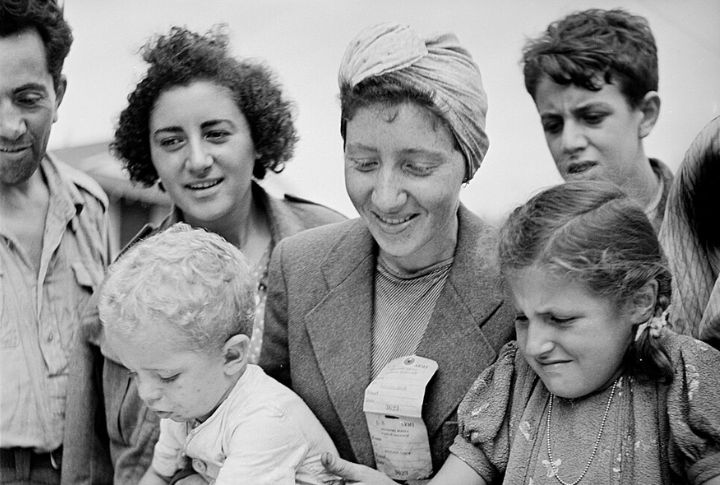
You probably haven’t heard about the time when America once opened its gates to Holocaust refugees during WWII. Fort Ontario took in nearly 1,000 survivors. They lived in barracks behind fences, safe yet not quite free. The buildings still stand, carrying a reminder that even rare compassion leaves a complicated narrative.
Charleston Naval Shipyard, South Carolina
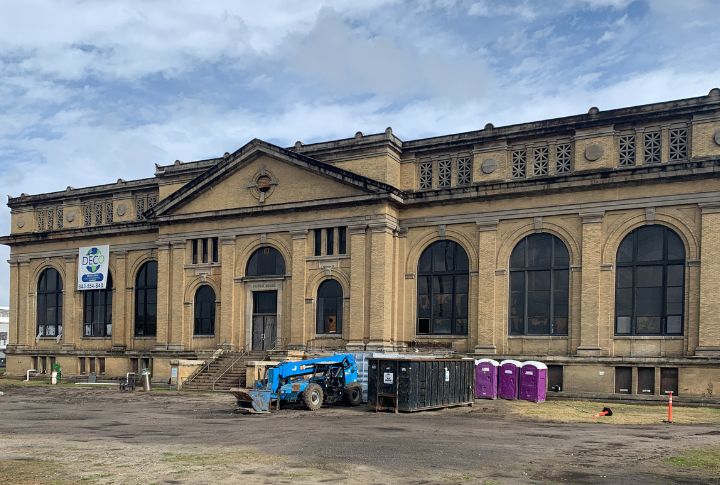
At this shipyard, you’ll see steel beams rising above the yard, marking the spots where ship hulls took shape decades ago. The welders are long gone, but the structure remains. It talks of a time when metal met flame and warships filled the docks.
Camp Haan, California

Wildflowers now bloom across what was once a staging ground for anti-aircraft units. Camp Haan held rows of barracks, training ranges, and even German POWs. Forgotten by many, the land has rewritten itself with wilderness, but memory clings to its corners like dust.
Wendover Army Airfield, Utah
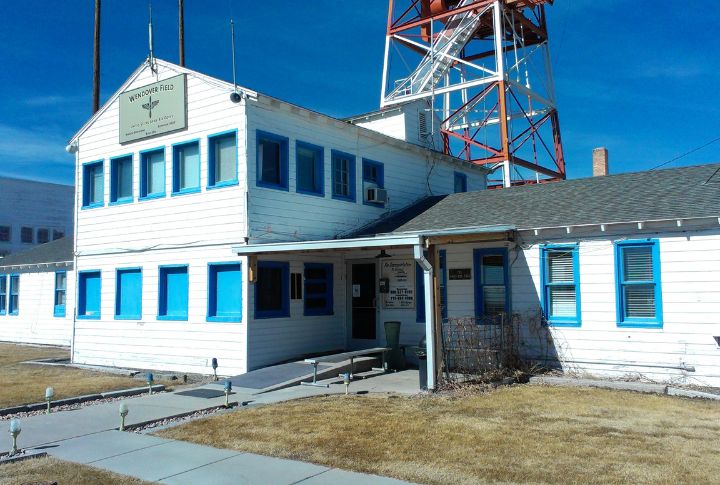
On the edge of the Utah desert sits Wendover, where the Enola Gay crew trained in secret. It doesn’t look like much-cracked pavement or wind-worn hangars, but this place helped end the war. Most people pass it on the way to Nevada, never knowing the runway once led straight into history.
Bainbridge Island Japanese American Exclusion Memorial, Washington State

Here stood the first group of Japanese Americans removed under Executive Order 9066. They boarded a ferry with tagged belongings, leaving behind homes and dignity. The memorial wall curves along the path. It also lists their names and shows how easily silence can hide injustice.
North Brother Island, New York
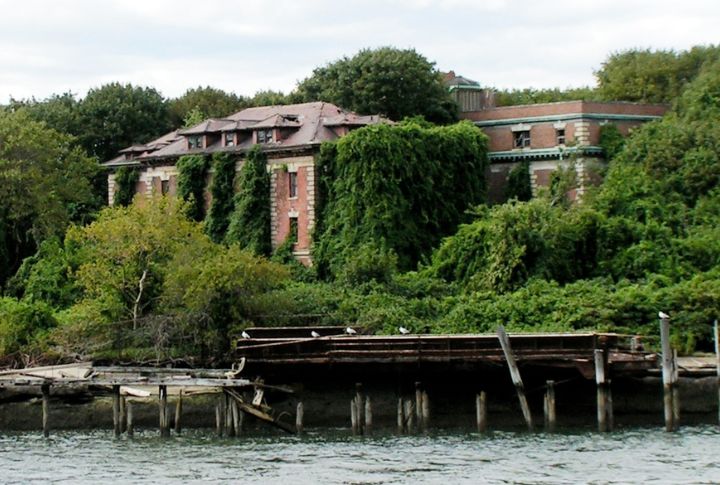
North Brother Island once housed a hospital for TB, including WWII veterans recovering from the disease. Isolated near the Bronx, its hospital buildings now crumble under vines. And just like that, a place of healing became a ghost colony. You can’t walk its paths today, but the silence carries weight.
Manhattan Project National Historical Park, Tennessee
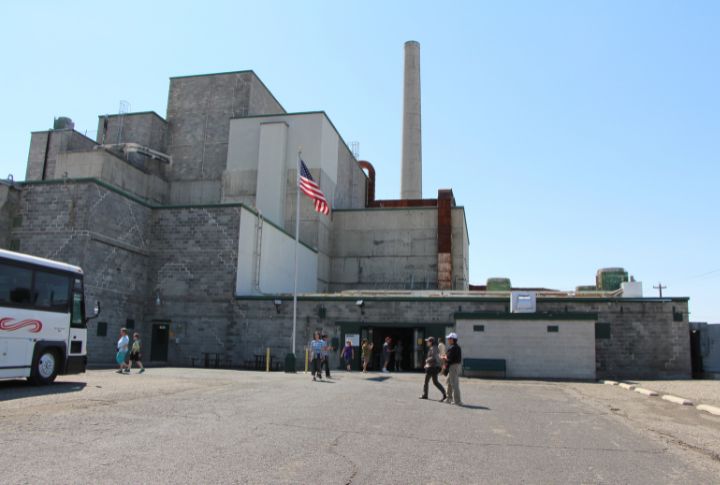
What began as a thriving community for naval families ended abruptly in 1963 when they were relocated after a plane crash. The streets were sealed, and the buildings were abandoned. Somewhere between Jacksonville and memory, Yukon became a place erased without ceremony.
Yukon Ghost Town, Florida
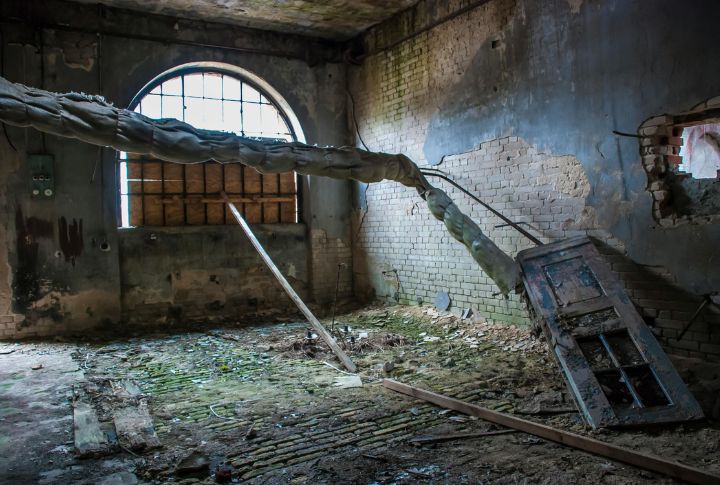
What began as a thriving community for naval families ended abruptly in 1963 when they were relocated after a plane crash. The streets were sealed, and the buildings were abandoned. Somewhere between Jacksonville and memory, Yukon became a place erased without ceremony.
Fort Brooke, Puerto Rico
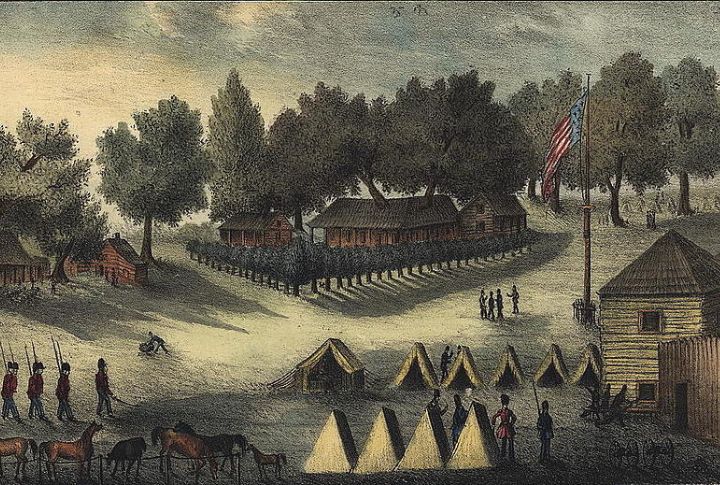
This forgotten Caribbean post guarded the port of San Juan during WWII. Its coastal batteries and lookout posts helped protect Atlantic routes from U-boat attacks. Now, much of it, however, is buried under development, so you may have passed it without realizing the ground once roared.
Port Chicago Naval Magazine National Memorial, California
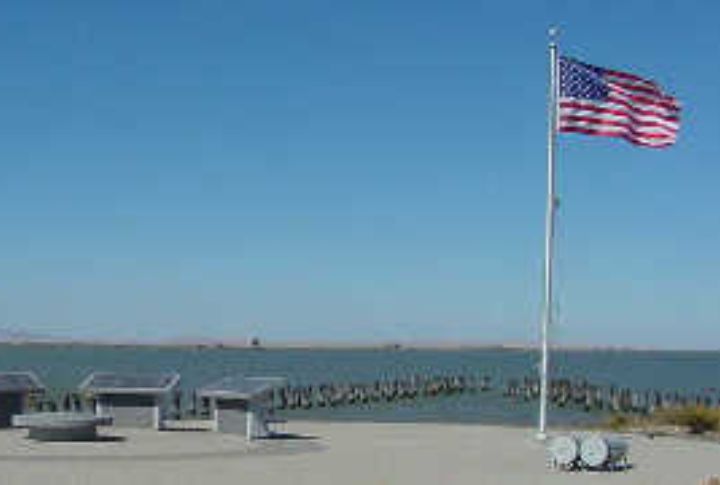
On July 17, 1944, a munitions explosion killed 320 men, most of them African American sailors. That tragedy triggered a naval mutiny trial, which helped reshape civil rights in the military. Even today, stillness at the site demands not just attention but accountability.
Battleship Cove, Massachusetts

Anchored in Fall River, this naval museum houses vessels like the USS Massachusetts, which shelled Casablanca in 1942. You can walk the decks and peer into cramped sleeping quarters. The past isn’t buried here—it floats quietly, daring you to step aboard.


